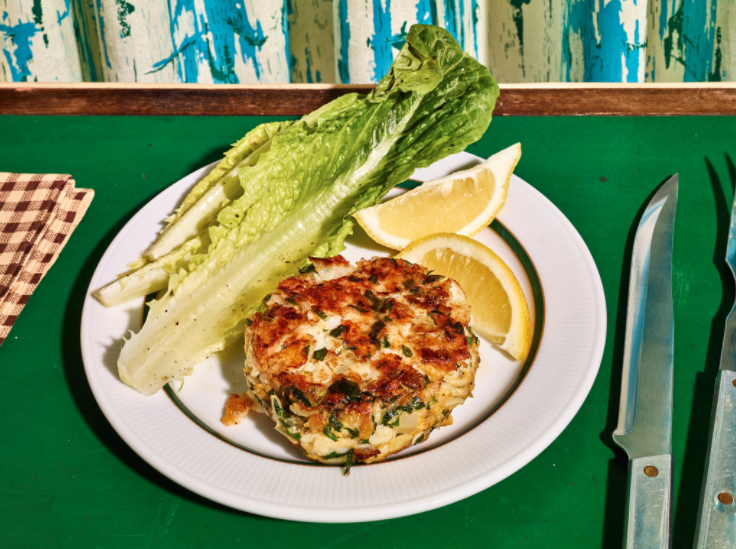Servings: 6
Preheat:
Prep Time: 1 hour pre-prep, 30 minutes @serving time
Source: https://cooking.nytimes.com/recipes/1020045-coconut-miso-salmon-curry
This light, delicate weeknight curry comes together in less than 30 minutes (if prep work is done in advance) and is defined by its deep miso flavor. Miso is typically whisked into soups toward the end of the recipe, but sweating it directly in the pot with ginger, garlic and a little oil early on helps the paste caramelize, intensifying its earthy sweetness. Adding coconut milk creates a rich broth that works with a wide range of seafood. Salmon is used here, but flaky white fish, shrimp or scallops would all benefit from this quick poaching method. A squeeze of lime and a flurry of fresh herbs keep this curry bright and citrusy. For a hit of heat, garnish with sliced fresh jalapeño or serrano chile peppers.
If you use the 1.5lb coho salmon filet from Costco, the dish serves 6 for an impressive dinner. You could also use tofu for a vegetarian alternative. The poaching liquid can be done ahead of time, as can the cleaning and chopping of the spinach, cilantro, and basil. That leaves the last steps of poaching, rice prep, and serving. Per most of the comments, I’ve doubled the coconut milk and halved the water in the ingredients list.
To serve, remove the poached salmon when done, off the heat, add the spinach to the hot liquid and serve as soon as it wilts. Plate rice first, then spinach+red onion, then salmon, then coriander+basil.
Ingredients:
2 tablespoons safflower or canola oil
1 medium red onion, halved and sliced ½-inch thick (about 2 cups)
1 (1-inch) piece fresh ginger, minced (about 2 tablespoons)
3 garlic cloves, thinly sliced
Kosher salt and black pepper
¼ cup white miso
1 cup unsweetened, full-fat canned coconut milk
1 (1½-pound) salmon skinless fillet, cut into 2-inch pieces
5 ounces baby spinach (about 5 packed cups)
1 tablespoon fresh lime juice, plus lime wedges for serving
Steamed rice, such as jasmine or basmati, for serving
¼ cup chopped fresh basil
¼ cup chopped fresh cilantro
Directions:
In a large pot, heat 2 tablespoons oil over medium. Add onion, ginger and garlic and season with salt and pepper. Cook, stirring occasionally, until softened, about 3 minutes. Add miso and cook, stirring frequently, until miso is lightly caramelized, about 2 minutes.
Add coconut milk and 1.5 cups water and bring to a boil over high heat. Cook until liquid is slightly reduced, about 5 minutes. If preparing in advance, stop here.
Stir in salmon, reduce the heat to medium-low and simmer gently until just cooked through, about 5 minutes. Turn off heat, remove salmon to a plate, and stir in spinach and lime juice.
Divide rice among bowls. Top with spinach and onions, salmon, ladle sauce over the top, and then sprinkle basil and cilantro on top Serve with lime wedges for squeezing on top.

